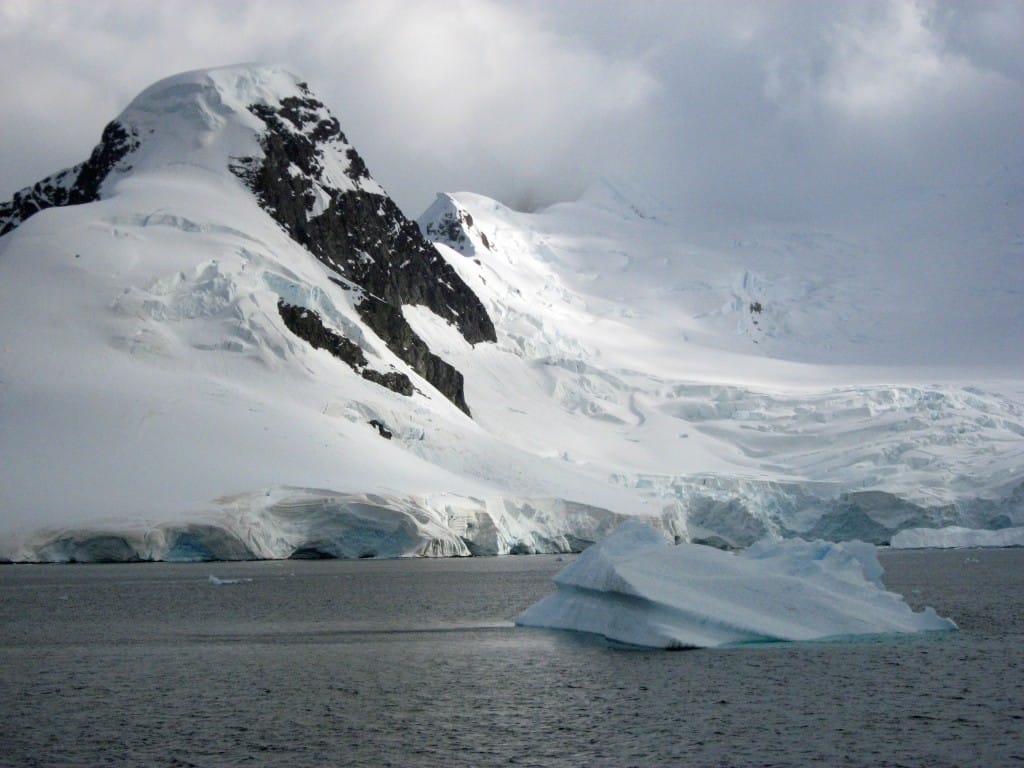In recent years, advancements in geological research have illuminated the remarkable, dynamic processes occurring beneath the Earth’s surface. Among these, the significant geological uplift of one of Earth’s major continents has captured the attention of scientists and researchers alike. This phenomenon, characterized by the gradual elevation of land, is driven by a combination of geological forces that can potentially impact the stability and environmental conditions of the region.
The continent in question, Antarctica, has been undergoing an unprecedented rate of uplift, a discovery that has emerged through sophisticated satellite monitoring and geological assessments. Researchers have noted that this uplift, particularly in West Antarctica, is accelerating, a development that poses critical questions regarding the implications for climate change and sea levels.
Antarctica’s geological uplift can largely be attributed to a complex interplay of tectonic activity, including the movement of the Earth’s lithospheric plates and the effects of glacial rebound. These processes are exacerbated by the ongoing melting of ice sheets. As the weight of the massive ice caps is lifted due to climate change, the underlying land begins to rise in response. This phenomenon, known as isostatic rebound, is a natural Earth process, occurring over thousands of years as the crust adjusts to the removal of enormous ice masses.
Current research indicates that the isostatic rebound in Antarctica is occurring more rapidly than previously anticipated. An array of satellite data collected over the past two decades has highlighted an increased rate of uplift, estimated at several millimeters per year. This rate is significant when considering the geological time scale and has raised alarms within the scientific community about the stability of the region.
However, the reasons for the accelerated uplift are not solely related to the melting ice. Geophysical studies demonstrate that tectonics play a crucial role in the profile of Earth’s landforms and their responses to external stresses. The continent itself is situated atop a volcanic region, with numerous active volcanoes that contribute to it becoming an even more complex geological landscape. The interactions among these features have led to seismic activity that adds a layer of complexity to the uplift phenomenon.
Moreover, researchers have raised concerns about the broader implications of this uplift for global sea levels. Melting ice sheets, combined with the ongoing tectonic shifts, create a dual challenge. While some areas of land, including portions of Antarctica, rise due to the removal of surface weight, other coastal regions around the world face risks from persistent sea-level rise stemming from the widespread melting of glaciers and polar ice caps. Such changes could have far-reaching impacts on coastal infrastructure, ecosystems, and populations.
As scientists delve deeper into understanding the implications of this geological uplift, they are employing advanced technology to monitor shifts in land elevation and assess potential risks. Utilizing a combination of radar interferometry and satellite altimetry, researchers can gather precise data about the topography of the continent over time. This data is critical in constructing predictive models for future climatic and environmental conditions, particularly as they relate to global warming and its impacts.
The findings regarding Antarctica’s uplift are not merely a scientific curiosity; they also hold socio-economic implications that require urgent focus. For instance, understanding the potential changes to global sea levels can guide policy and infrastructure decisions in coastal cities worldwide, especially those at immediate risk from rising waters. Additionally, nations across the globe can influence mitigation efforts regarding carbon emissions, emphasizing the connecting thread between geological phenomena and climate policy.
As scientists continue to study the intricate interplay of forces causing the continent’s uplift, they also consider the potential risks associated with seismic activities in the region. An increase in volcanic activity, fuelled by tectonic adjustments and magma shifts caused by the thawing of glacial ice, presents yet another risk factor. Increased volcanic eruptions in Antarctica could further impact air travel, global temperatures, and local ecosystems.
Furthermore, understanding this uplift phenomenon assists in comprehensively evaluating ecological changes. The ecosystem dynamics are closely tied to both climatic changes and geological stability, making understanding the uplift critical for preserving wildlife habitats and indigenous species in the region. As landforms change, species must adapt or relocate, presenting challenges for conservationists and environmental scientists.
In conclusion, the uplift of one of Earth’s major continents, specifically Antarctica, represents a complex convergence of geological forces that necessitates ongoing study. Researchers across various scientific disciplines are focused on unraveling the forces behind this uplift and the implications it holds for our understanding of climate change, global sea levels, and ecological sustainability. These findings underscore not just the complexities of our planet’s geology but also the interconnectedness of scientific inquiry and environmental stewardship on a global scale.



